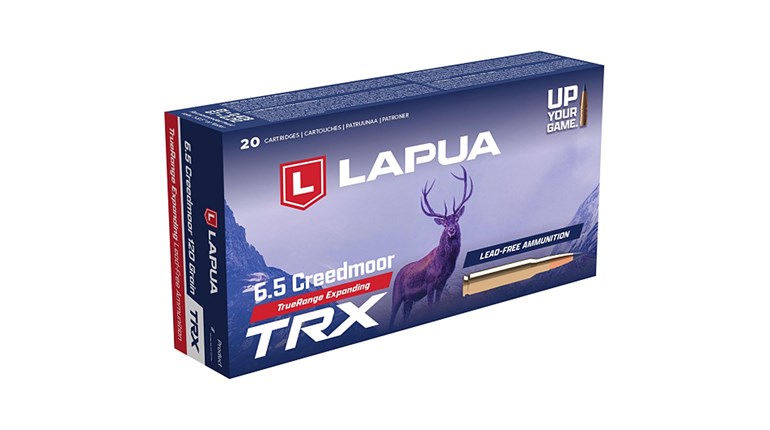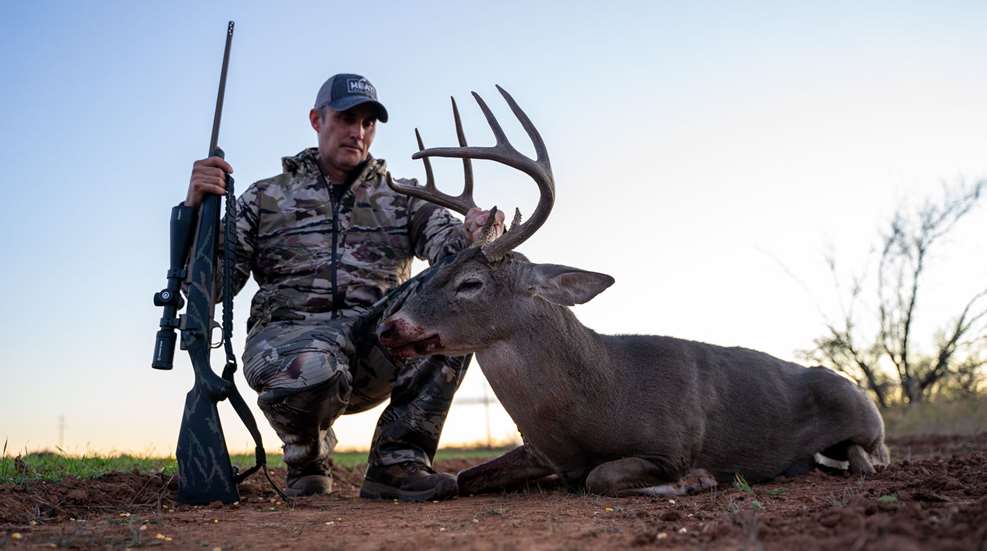
In 2007, Hornady introduced the 6.5 Creedmoor, designed in large part by the company’s brilliant ballisticians-in-residence at the time, Dave Emary and Joe Thielen. The Creedmoor wasn’t designed the be the fastest or most powerful cartridge in its class. Instead, it was engineered to be the most effective and efficient long-range target round of its time, and it didn’t achieve this long-range prowess through sheer case size and capacity. The Creedmoor was designed to be efficient; to handle long, heavy-for-caliber bullets; and to produce recoil that was manageable for most shooters.
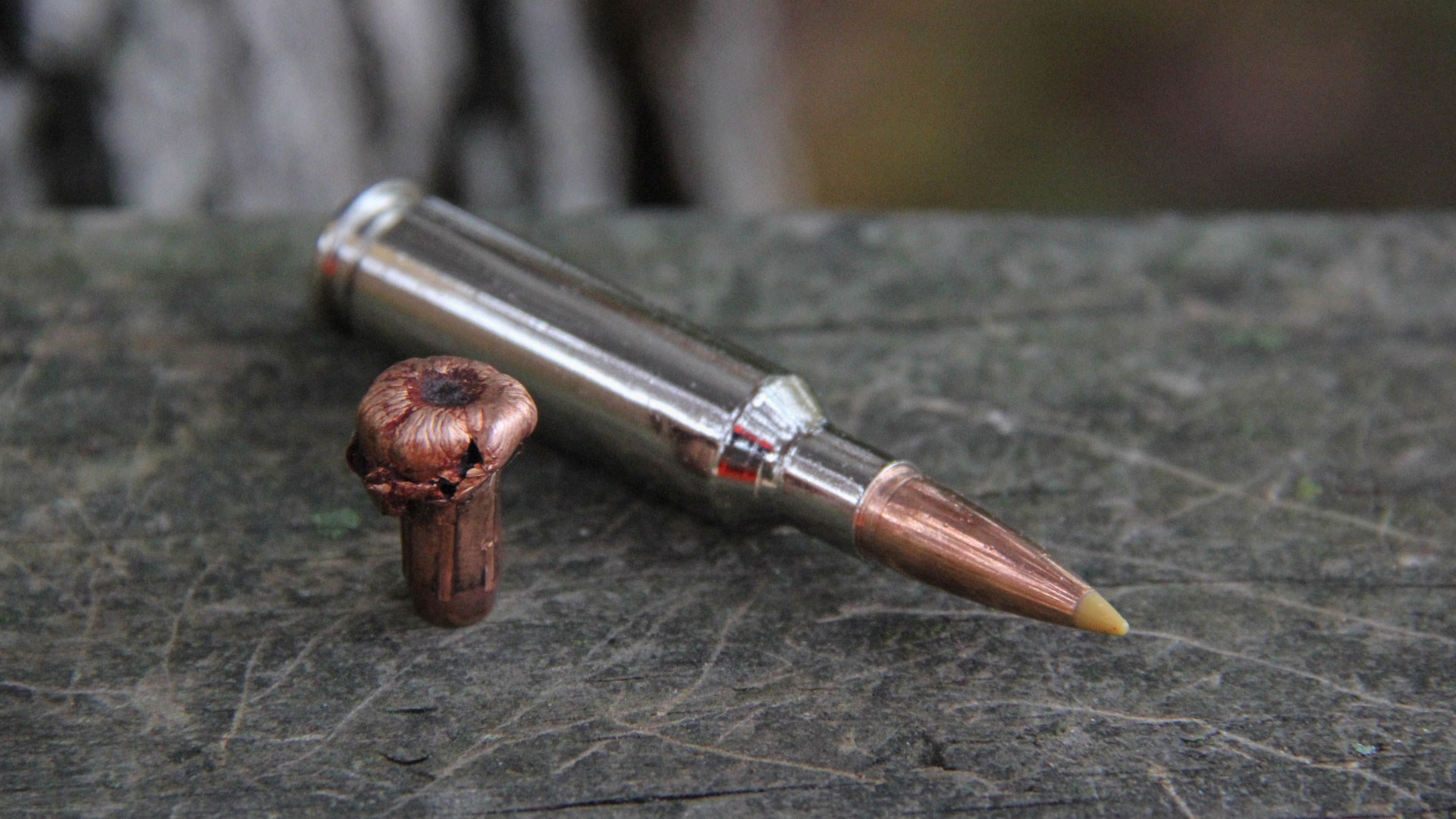
The engineers at Hornady knew the Creedmoor was a good cartridge, but I don’t think Emary, Thielen, or anyone else expected it to become the most popular and polarizing cartridge of our time. There are those who love it because of what it can do, and those who hate it because of what it can’t. There are undoubtedly those who dislike the Creedmoor simply because of all the press it receives.
What’s the reality of the 6.5 Creedmoor? Let’s take a closer look at the most talked-about cartridge in modern hunting history.
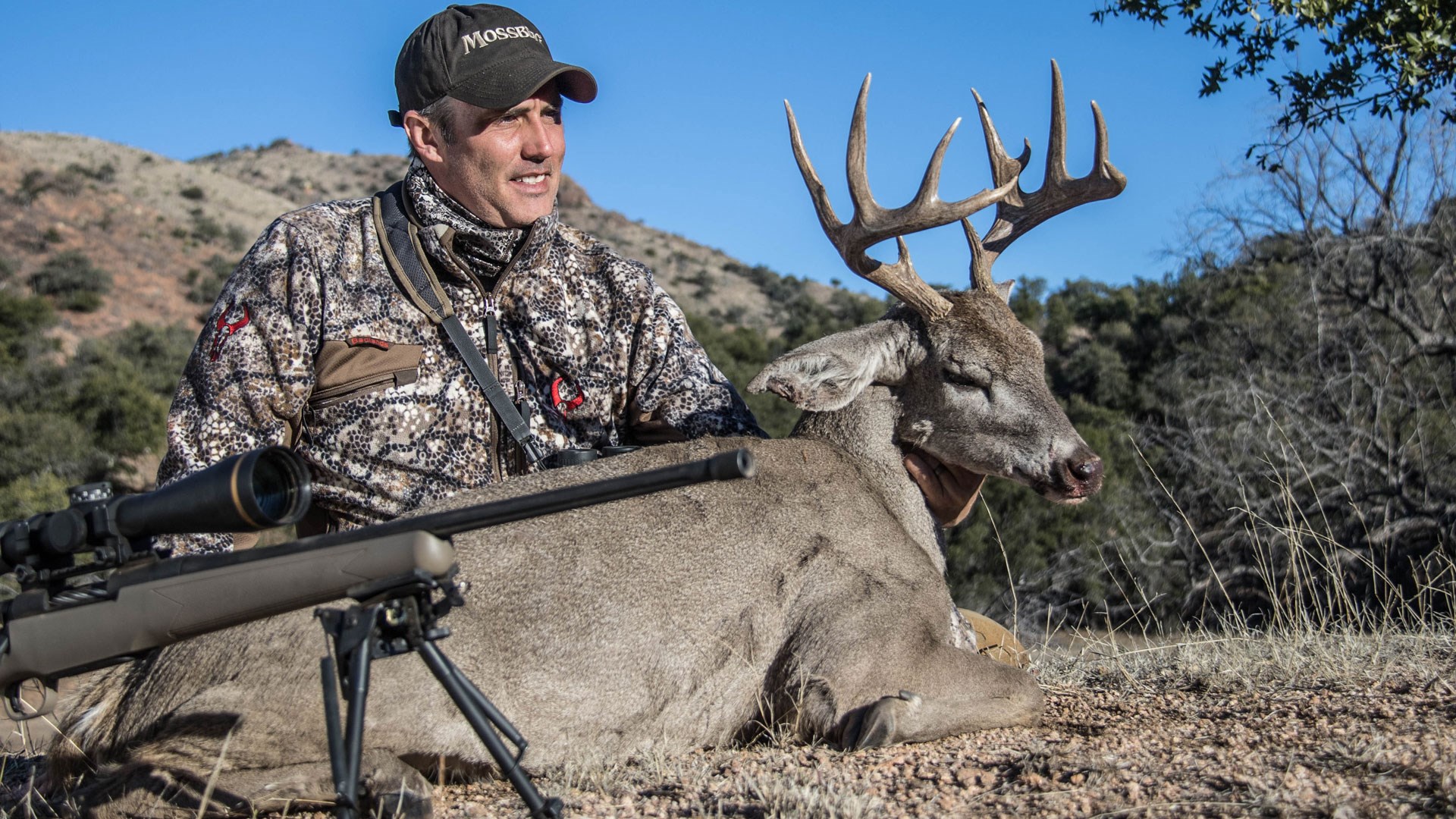
Creedmoor Credentials
To appreciate the Creedmoor’s design details we must first look back to the mid-twentieth century. At a time when the Beatles were the hottest band in the land and the Bay of Pigs debacle was unfolding, American hunters and shooters were obsessed with belted magnum cartridges. The 7mm Remington Magnum, the .300 Winchester Magnum, and Roy Weatherby’s red-hot cartridges had become the standard for making long shots on big game. If you wanted to improve performance from your favorite belted magnum the answer was simple: shoot a lighter bullet.
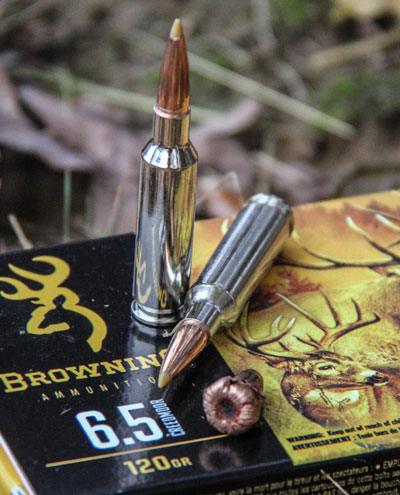
Over the decades, serious shooters recognized two things. First, while lighter bullets did offer higher velocities and flatter trajectories at moderate ranges things changed when shots stretched much beyond a quarter-mile. Light bullets tended to drop very quickly when their velocities waned, and the wind shoved them all over the place. Second, hunters realized that powerful magnum rounds kicked hard, burned a lot of powder, and required long actions, magazines, and barrels which increased gun weight and overall length.
Fast magnums remained popular through the end of the twentieth century, and they are still popular choices for those who hunt big game at long distances. But by the turn of the century, shooters were taking a long, hard look at long-range bullet performance, and what they learned was that a bullet’s ballistic coefficient played an important role in downrange performance. Heavy-for-caliber bullets with aerodynamic profiles and high ballistic coefficients make sense for long-range shooting.
The sensible solution would be to load magnum ammunition with high-BC bullets, but there were two problems. First, many rifles had barrel twist rates that were too slow to properly stabilize extremely heavy-for-caliber bullets. Second, most cartridge cases were not designed with maximum-weight bullets in mind, so heavy bullets would rob case capacity or exceed acceptable cartridge overall lengths (COL).
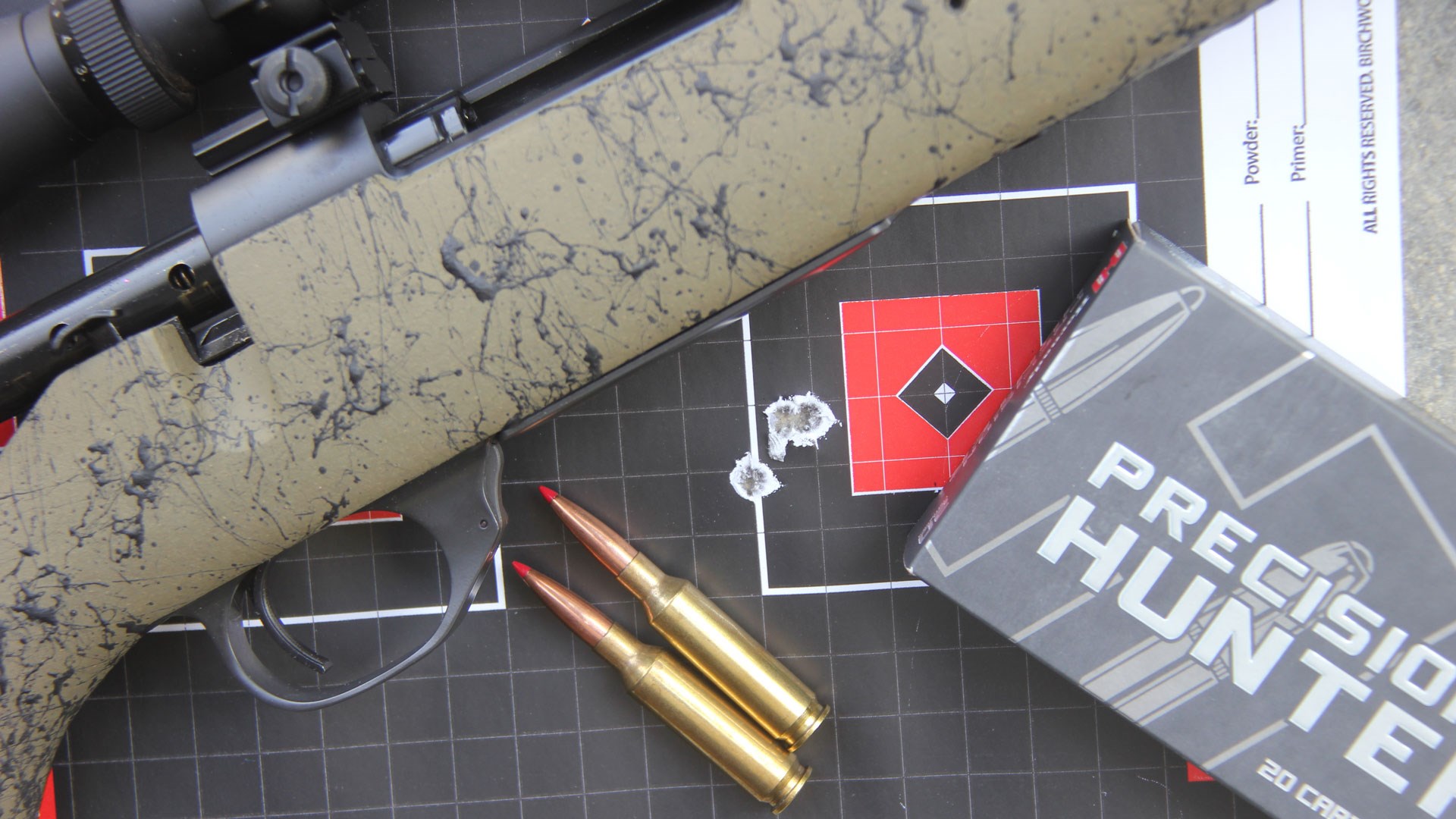
Enter the 6.5 Creedmoor. It’s based on the .30 T/C, a cartridge that never garnered a major following. The Creedmoor was necked down and features a 30-degree shoulder and a long enough neck so that it can accommodate 140+ grain bullets without robbing case capacity, yet still fit in a short action. Muzzle velocities weren’t extremely high—around 2,700 fps with Hornady’s ELD match load—but that bullet boasts a G1 BC of .697, so at 500 yards it retains over 2,000 fps of velocity and almost 1,500 foot-pounds of energy. Compare that to Hornady’s .308 Win. 168 Boat Tail Hollow Point (BTHP) Match ammunition, and you’ll see why the Creedmoor makes sense. The .308 Win. load has a BC of .450 so it’s going to move more in a crosswind. The .308 Win., with its heavier bullet, is actually about 200 fps slower than the Creedmoor at 500 yards, and the .308 Win. produces more recoil.
Another reason why the Creedmoor shoots so well, is the chamber dimensions are tighter than older cartridges. A cartridge that’s placed in an oversized chamber can yaw ever so slightly upon ignition, and that seemingly minor issue can have major accuracy consequences at long distance.
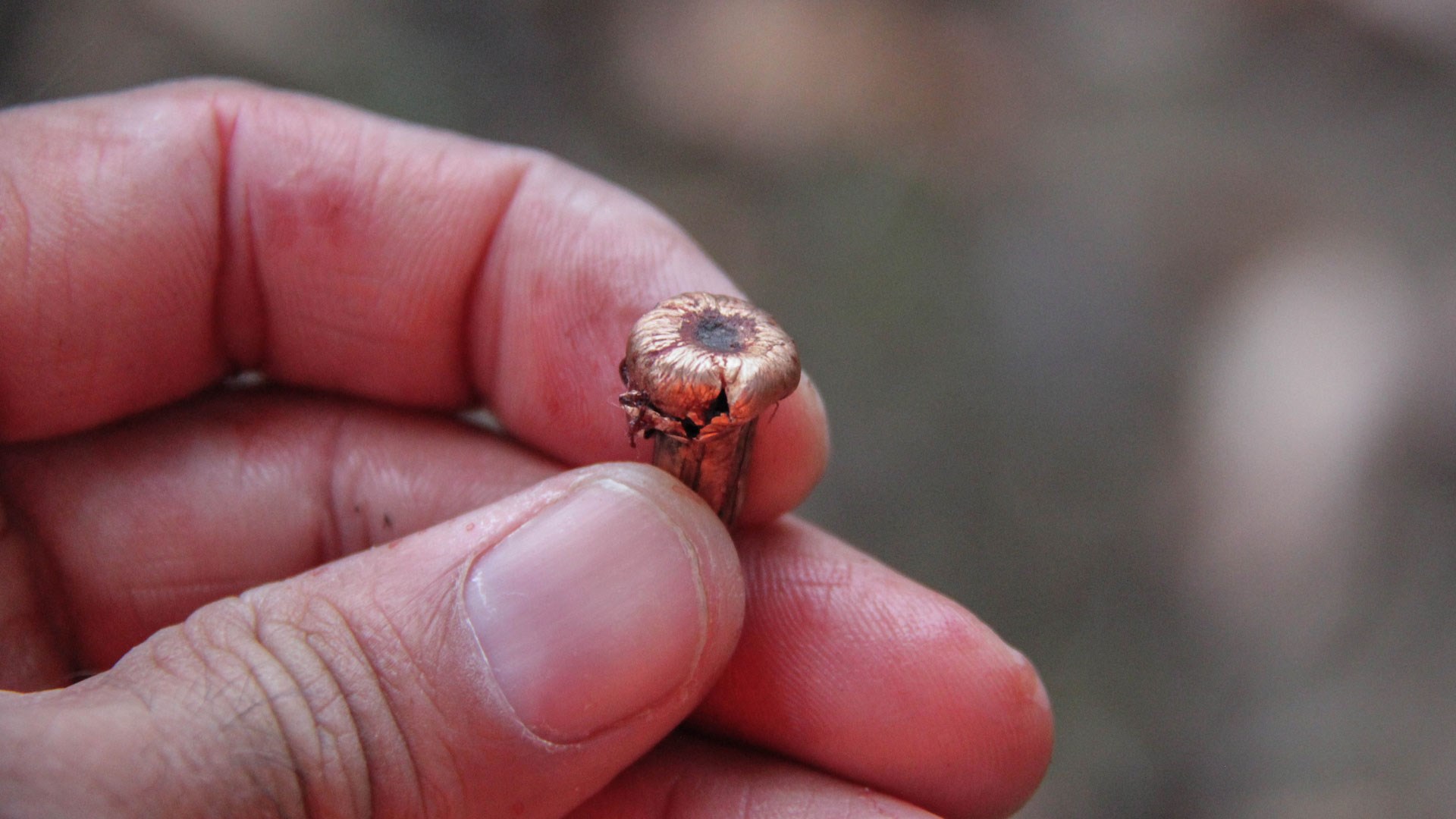
Target shooters recognized this round’s benefits and fell in love with the Creedmoor. Adding to the Creedmoor’s mass appeal were the facts that it produced very mild recoil and didn’t burn up the interior of barrels after a few hundred shots. Over time, the long-range shooting community’s growing love of the Creedmoor prompted ammunition manufacturers to offer hunting loads, and it wasn’t very long until the 6.5 Creedmoor was a massive success.
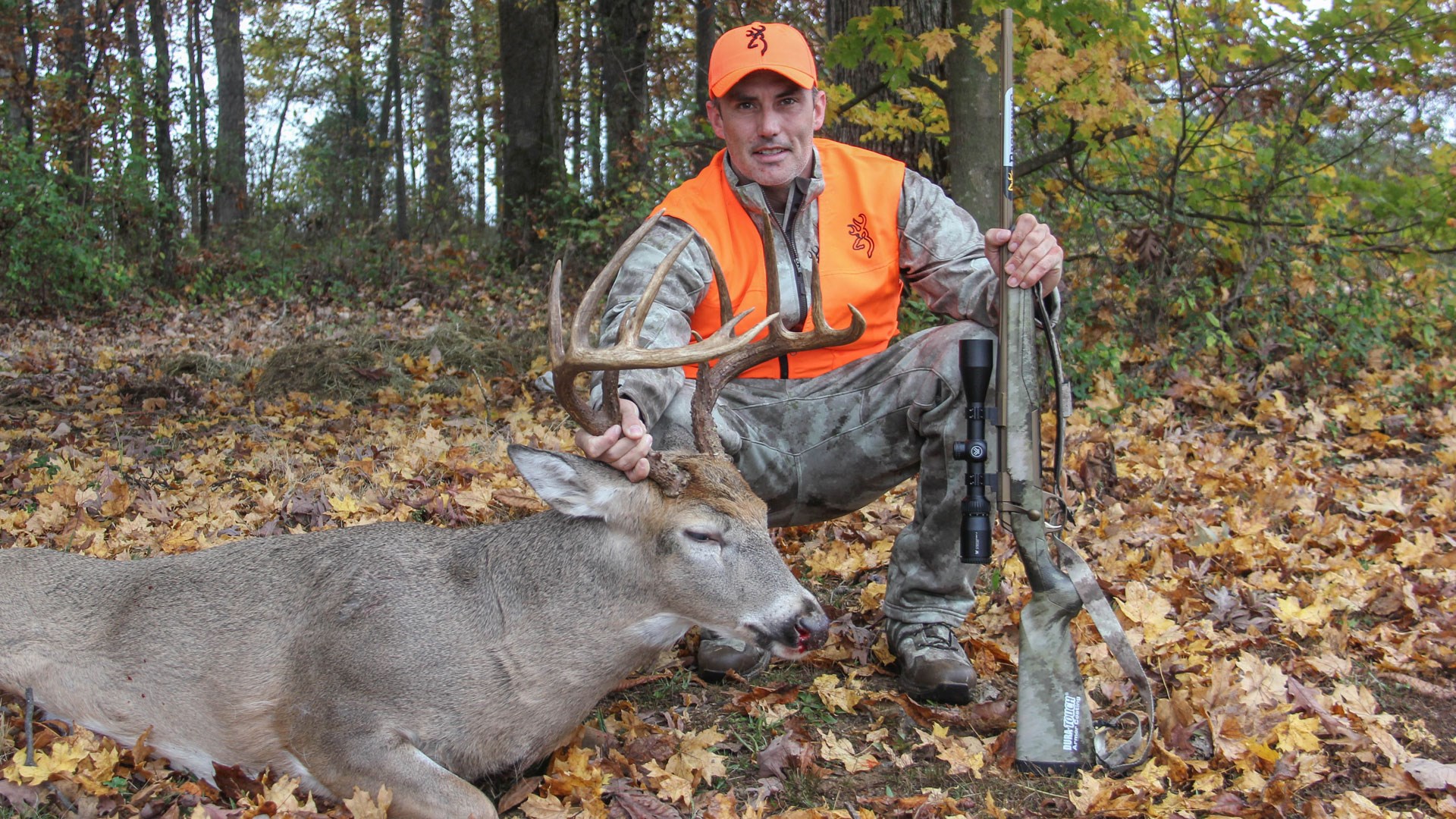
The 6.5 Creedmoor as a Hunting Cartridge
North America’s most popular big game animal is the whitetail deer, and the 6.5 Creedmoor is perfectly suited for hunting them. Inherently accurate with mild recoil, the Creedmoor is a deer cartridge par excellence, suitable for shooters of all skill levels. Rifles and hunting cartridges abound. The 6.5 Creedmoor also works on coyotes, though even the most ardent Creedmoor fans will tell you it’s probably more gun than you really need for song dogs. The Creedmoor is, however, well-suited for pronghorns, mule deer, mountain sheep, hogs and black bear.
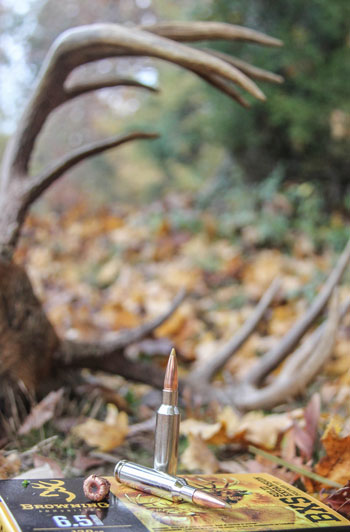
Is it an elk cartridge? That depends on the hunter, the elk, and the terrain. If I were hunting cow elk in timber at distances not to exceed a couple hundred yards, I’d have no qualms about doing so with a Creedmoor. It will also kill a bull elk across a wide and windy canyon provided you place your shot accurately and choose a suitable bullet that performs properly.
But I don’t think that the 6.5 Creedmoor is the best choice as an all-around elk cartridge. Bull elk are big, tough animals and the country they favor oftentimes demands long shots. The guides I’ve spoken with are split on the question of the Creedmoor’s capabilities on elk. Some say it’s superb, others say it just isn’t enough gun. The Creedmoor’s big brother, the 6.5 PRC; Winchester’s 6.8 Western; the red-hot 28 Nosler; and Hornady’s new 7mm PRC are all, to my mind, perfectly suited for elk—not to mention more versatile than the Creedmoor. The same applies to moose and big bears, as well as most of the large African plains game.
So, the 6.5 Creedmoor is not, in my mind, the most versatile all-around North American hunting cartridge. Nor was it designed to be. When Emary and Thielen designed this round, they wanted a superb low-recoiling cartridge that was accurate and could take advantage of high-BC bullets, and that’s exactly what they’ve created. The 6.5 Creedmoor is great for punching paper and most North American hunting, but it’s unfair to this round to saddle it with the reputation as being the last and only hunting round you’ll ever need for any game animal anywhere. The 6.5 Creedmoor is very good, but it can’t perform magic. To assume it can do so is a mistake.
I also take umbrage with those hunters who want to stomp the Creedmoor’s reputation into the ground. Over and over we hear that it won’t do anything that my .30-06 (or .308 Win., or 7mm Remington Magnum) won’t do. That’s not true. It’ll kill deer just as effectively with less recoil and lighter bullets. It’s a better all-around cartridge than the 6.5x55 Swede (to which it is often compared) because the Creedmoor allows the shooter to take advantage of all the heavy-for-caliber 6.5mm bullet options in a short-action rifle, but if you’re punching doe tags and never shoot past 200 yards you likely won’t notice a difference in terminal performance between these two rounds.
Let’s all step back for just a moment and appreciate the Creedmoor for what it is—a very good, light-recoiling hunting and target load. It isn’t as versatile as some of its newer brethren like the 7mm and 6.5 PRCs, both of which hit with more energy and shoot flatter at greater distances. But that doesn’t make the 6.5 Creedmoor any less appealing. So long as we are realistic about our expectations and don’t dislike the round simply because it’s popular, then we can all appreciate what a beneficial addition the 6.5 Creedmoor is to the American cartridge lineup.














